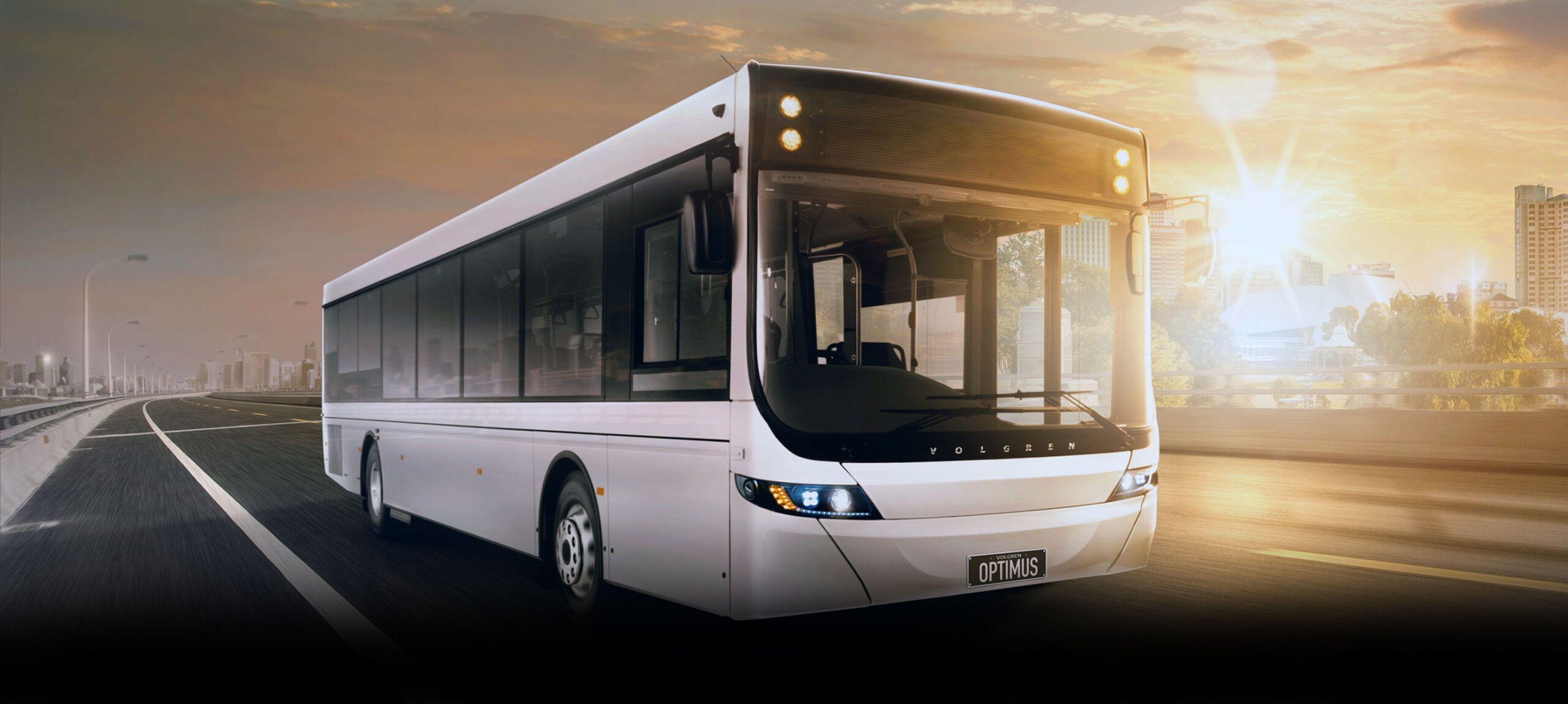Innovation is crucial in the fiercely competitive world of manufacturing. As a result, Volgren, Australia's largest bus body manufacturer, has created a name for itself by providing creative, sustainable, and efficient public transportation solutions.

In 1979, the company started its journey by manufacturing its first bus body to develop a more dependable, pleasant, and long-lasting vehicle with lower operating expenses than others on the market.
Volgren now designs, manufactures and assembles public transport buses of all types, including zero-emission vehicles. Its bus bodies are approximately 90 per cent locally built and have the lowest lifetime cost of any bus in Australia, thanks to its 400-strong manufacturing, operations, and aftersales support teams spread across NSW, Victoria, Queensland, and Western Australia.
Volgren has supplied dozens of hybrid and electric buses to Australian operators since 2018 and is now preparing to deliver Australia's first European hydrogen fuel cell buses.
The Optimus E-Bus from Volgren is one of the lightest zero-emission bus bodies in its class, and it operates successfully in Melbourne, Sydney, Brisbane, and Perth. The body has been efficiently constructed to fit multiple electric chassis and meets Australia's highest bus safety and flammability standards.
Although Volgren began operating in the 1970s, its origins may be traced back to 1940s Dandenong, when local milk carrier George Grenda began operating buses. Grenda Bus Services expanded alongside Dandenong, and by the 1970s, it was a tremendously profitable route bus and coach firm. Volvo teamed with Grenda to form Volgren in 1977, introducing extruded aluminium rather than steel for bus body construction and the Swiss Co-Bolt system.
Marcopolo SA, a leading worldwide bus body manufacturer, acquired complete control of Volgren in 2017, bolstering Volgren's local competence with its technology, purchasing power, and international experience.
Andrew Costello, the National Purchasing Manager of Volgren, said, "Volgren is still one of only a few Australian companies manufacturing bus bodies from aluminium, rather than steel, despite aluminium's clear advantages. Most buses are still built from fully welded steel. Aluminium is much lighter, resistant to corrosion, and recyclable. Moreover, the lighter a bus is, the more people you can fit in the bus."
Andrew added, "The Co-Bolt process is also critical to Volgren's production, as this system uses bolted gusseted joints. This avoids the risk of continuous bus vibrations fracturing welds. Our system requires no welding and results in much longer joint life.
"Our joints are lock-tightened with little chance of anything loosening over time. For operators, it means far superior reliability than a traditional steel bus and is one of the main reasons we can offer a 15-year warranty on our buses' aluminium structures."
"Capral has been Volgren's principal aluminium supplier for at least 15 years and meets Volgren's ethos of quality, local input and innovation", Andrew said.
“We build buses and want our supplies priced at construction-type costs, but we also want an architectural look and finish to our products. Capral has always achieved both for us.”
Andrew said, "Capral's size and capability are also crucial to Volgren. Our whole roof structure is a sheet with aluminium extrusion bows across the roof and main cant rails extending the entire bus length.
"Capral is one of the few players in Australia with presses large enough to extrude our parts. The bus body manufacturers must tailor bodies to the requirements of individual bus chassis and operators."
source https://www.alcircle.com/news/bus-body-maker-volgren-is-on-a-sustainable-path-93701

Comments
Post a Comment